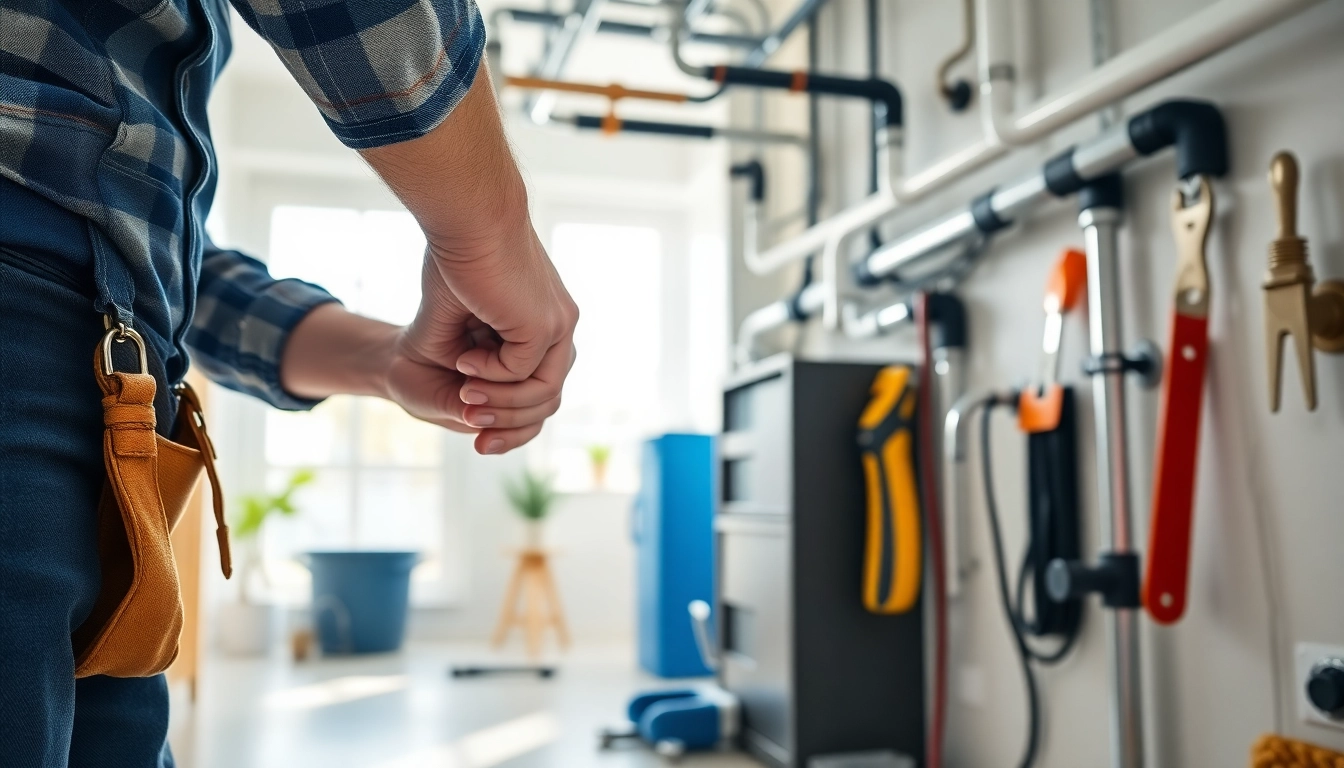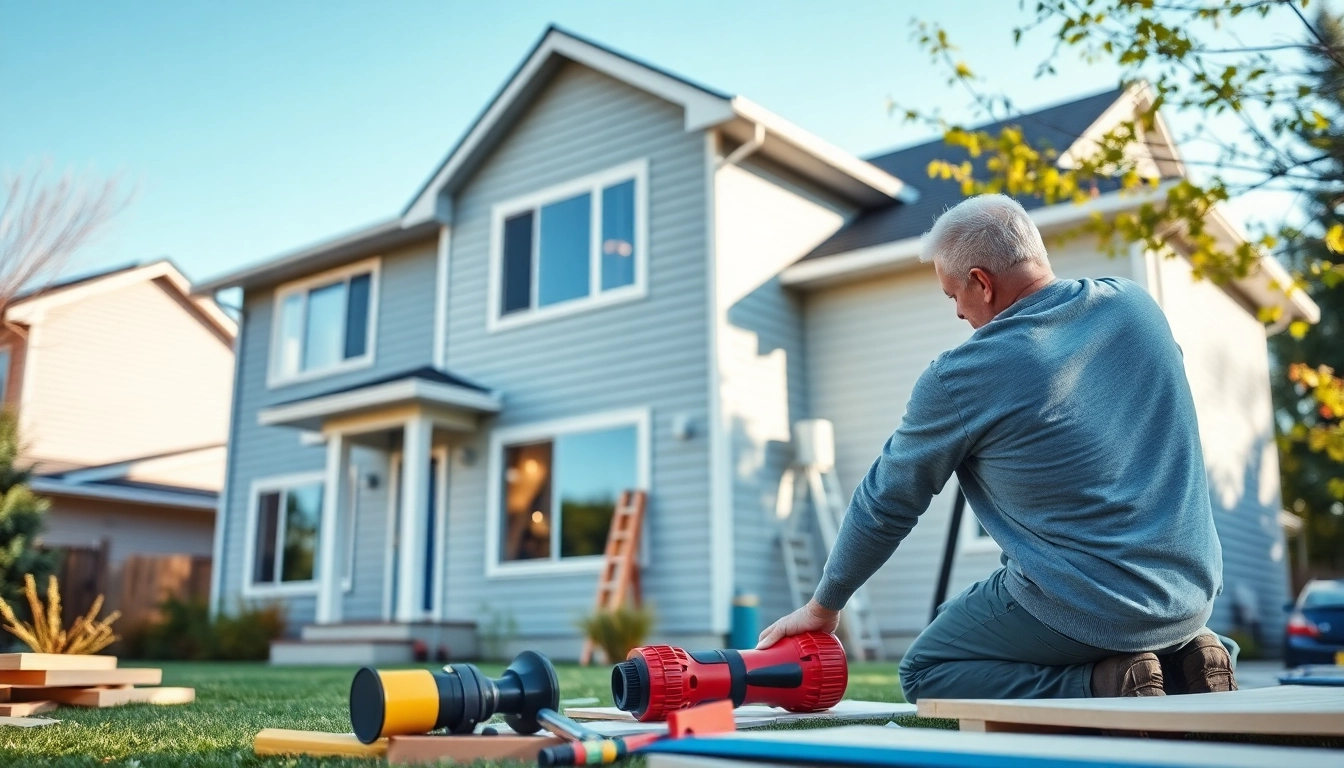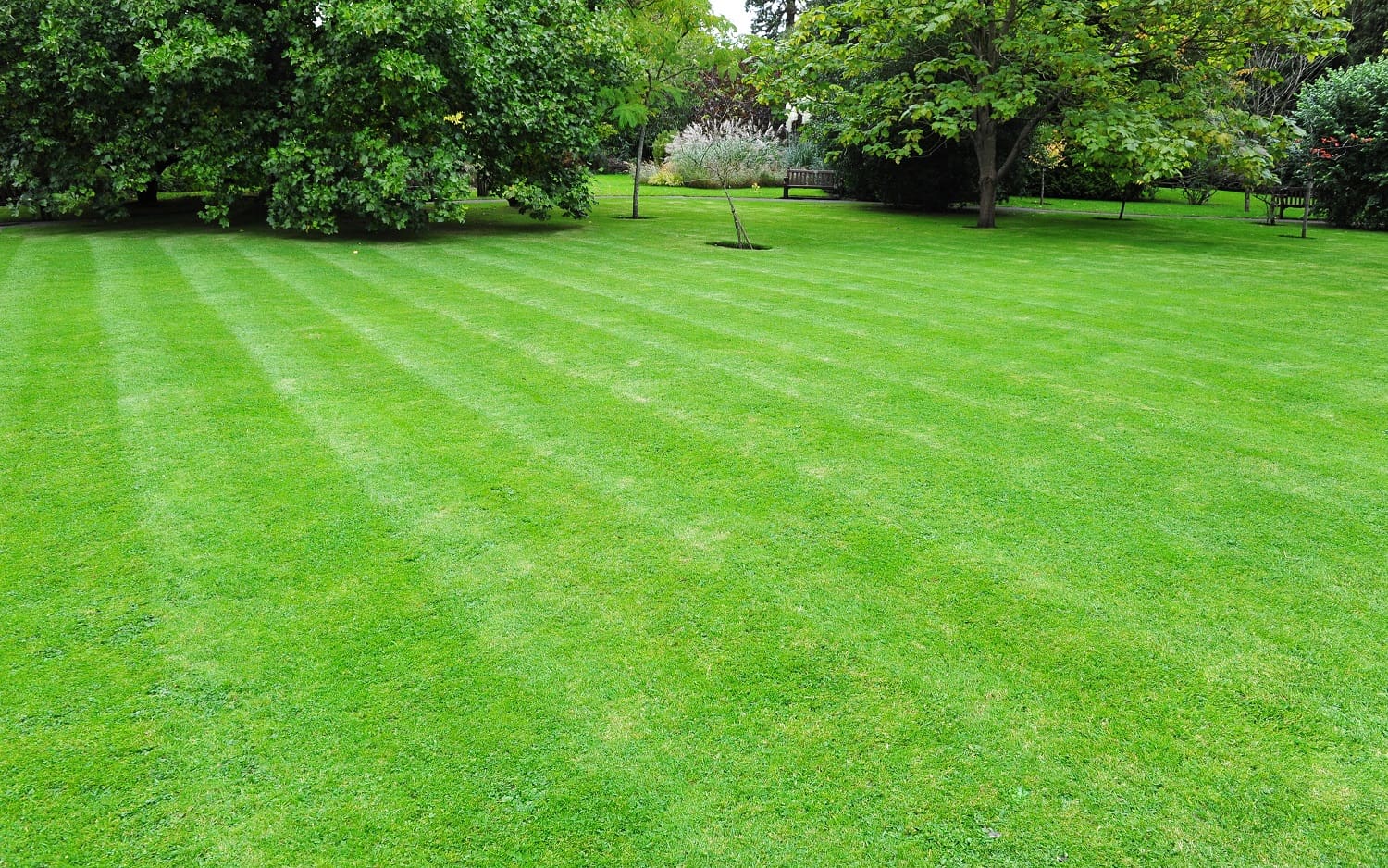Understanding Plumbing Fundamentals
Plumbing is an essential aspect of modern infrastructure, enabling the effective movement of water and waste throughout our homes and communities. A well-functioning plumbing system is critical for health, hygiene, and overall quality of life. It encompasses a network of pipes, fixtures, and appliances that work together seamlessly. In this comprehensive guide, we will delve into the intricacies of plumbing, covering its fundamentals, common tools, prevalent issues, maintenance practices, and the latest trends and innovations in the field. For a deeper exploration of what encompasses plumbing, refer to our website on plumbing.
What is Plumbing?
Plumbing is defined as any system that conveys fluids, primarily water, for various applications. This involves not just the straightforward transport of drinking water but also the efficient removal of waste. Plumbing systems are comprised of pipes, valves, plumbing fixtures, tanks, and various apparatuses that ensure water delivery and wastewater treatment. Understanding plumbing begins with recognizing its two primary subsystems: the potable water supply system and the drainage and venting (DWV) system. Each of these components plays a vital role in maintaining the functionality of a home or commercial building.
Key Components of a Plumbing System
The plumbing system’s components work in unison to perform critical tasks. Here are the key elements:
- Pipes: These are the foundation of any plumbing system, allowing water to flow from sources to destinations. They come in various materials, including PVC, copper, and PEX.
- Fittings: Connect different pipes to each other and redirect the flow of water. This includes elbows, tees, and couplings.
- Fixtures: Components like sinks, toilets, and bathtubs that use water and waste.
- Valves: Used to control water flow and pressure throughout the system.
- Water Heaters: Critical for providing hot water for residential and commercial applications.
- Pumps: Used to move water from one location to another, especially in systems where gravity isn’t sufficient.
Types of Plumbing Systems
Different types of plumbing systems cater to various needs and applications. The primary types include:
- Residential Plumbing: The plumbing systems found in homes that provide potable water and manage wastewater.
- Commercial Plumbing: Plumbing systems designed for larger buildings and businesses, often with more complex layouts and (in many cases) specialized needs.
- Industrial Plumbing: Used in factories and manufacturing plants, which require heavy-duty systems to manage specific substances.
- Hydronic Heating: A plumbing system that utilizes water to transfer heat, typically found in radiant heating installations.
Tools Every Plumber Should Have
Equipping yourself with the right tools is critical for any plumbing task. Below are categories of tools essential for both professionals and DIY enthusiasts.
Essential Hand Tools for Plumbing
Hand tools are the backbone of any plumber’s toolkit. The most essential hand tools include:
- Pipe Wrench: A must-have for gripping and turning pipes.
- Adjustable Wrench: Useful for nuts and bolts of varying sizes.
- Pliers: Especially channel-lock pliers, for gripping and turning.
- Hack Saw: For cutting through metal pipes and other materials.
- Plumber’s Tape: Crucial for ensuring airtight seals on threaded joints.
Power Tools for Efficient Plumbing Tasks
Power tools can significantly increase efficiency and accuracy in plumbing work. Key power tools include:
- Drill: Allows for the drilling into walls or other surfaces to install fixtures.
- Angle Grinder: Can cut through tough materials quickly.
- Pipe Cutter: Ensures clean, straight cuts on pipes.
- Inspection Camera: Used to check internal pipe conditions and locate blockages.
Safety Equipment for Plumbing Professionals
Safety should always be a priority when working with plumbing systems. Essential safety equipment includes:
- Safety Goggles: To protect eyes from debris and chemicals.
- Gloves: Necessary for hand protection, especially when dealing with dirty or hazardous materials.
- Ear Protection: Important when using loud power tools.
- Respirators: Recommended when working with harmful solvents or gases.
Common Plumbing Issues and Solutions
Even the best plumbing systems can experience issues. Here are some common problems and their solutions.
How to Fix Leaky Faucets
A leaky faucet is not just an annoyance; it can lead to significant water waste. The first step to fixing a leaky faucet is to identify the type of faucet you have (compression, cartridge, or ball). Here are the general steps to follow:
- Turn off the water supply.
- Plug the drain to avoid losing any small parts.
- Disassemble the faucet carefully, keeping track of small components.
- Replace the worn-out washer or O-ring.
- Reassemble the faucet and turn the water supply back on to check for leaks.
Unclogging Drains Effectively
Clogged drains are a common plumbing issue. Here are several methods to unclog drains:
- Plunger: A classic tool for dislodging clogs in sinks or toilets.
- Drain Snake: A flexible tool that can reach deep clogs in pipes.
- Baking Soda and Vinegar: A natural solution for breaking down minor clogs. Pour baking soda down the drain, followed by vinegar, and after an hour, flush with hot water.
- Hydro Jetting: A professional solution that uses high-pressure water jets for severe clogs.
Repairing Broken Pipes
Broken pipes can cause extensive damage if not addressed immediately. Here’s a quick guide on how to repair minor pipe breaks:
- Shut off the main water supply.
- Identify the break and cut out the damaged section.
- Use couplings to attach new pipe segments, ensuring secure fittings.
- Test the repair by turning the water supply back on.
Best Practices for Maintaining Your Plumbing
Regular maintenance is key to prolonging the life of your plumbing system. Here are some best practices to follow:
Routine Maintenance Tips for Homeowners
Homeowners can take several proactive steps to maintain their plumbing systems effectively:
- Regularly check for leaks under sinks and around toilets.
- Inspect your water heater for rust and sediment buildup.
- Clear drains of debris and hair to prevent clogs.
- Schedule professional inspections periodically to preempt major issues.
Signs You Need a Professional Plumber
While many plumbing tasks can be handled by homeowners, some issues require professional expertise. Signs that you may need to call a plumber include:
- Persistent leaks that don’t resolve with DIY repairs.
- Low water pressure across multiple faucets.
- Strange odors indicating possible sewage issues.
- Drains that consistently clog despite regular cleaning.
Preventative Measures to Avoid Plumbing Problems
Preventative measures are essential to mitigate plumbing issues. Here are some strategies:
- Install drain strainers to catch debris.
- Flush the water heater annually to prevent sediment buildup.
- Be mindful of what goes down the drains; avoid grease and large food items.
- Winterize outdoor faucets to prevent freezing and bursting.
Trends and Innovations in Plumbing
The plumbing industry is evolving with technology and sustainable practices. Here are some of the current trends:
Smart Plumbing Solutions
Smart technology is making its way into plumbing. Innovations like smart faucets and leak detection systems can save homeowners money and reduce water waste. These devices allow users to monitor their water usage via mobile apps, providing information on consumption patterns and alerting homeowners to leaks in real-time.
Sustainable Plumbing Practices
With increasing awareness of environmental issues, sustainable plumbing practices are becoming more prevalent. This includes:
- Using low-flow fixtures and water-saving appliances.
- Implementing greywater recycling systems.
- Utilizing eco-friendly materials for pipes and fixtures.
Advancements in Plumbing Technology
The plumbing industry is benefiting from advancements in technology, such as:
- Video Inspection Technology: Allows plumbers to assess the condition of pipes without invasive methods.
- trenchless technology: Provides a way to repair pipes without extensive digging, reducing landscaping disruption.
- 3D Printing: Emerging for creating custom pipe fittings and components on demand.
In conclusion, plumbing is a paramount aspect of our daily lives, impacting not just convenience but public health too. Understanding its fundamentals, using the right tools, addressing common issues, and staying updated on best practices and innovations has never been more important. By following the guidelines and insights shared in this article, you can ensure that your plumbing systems remain efficient, safe, and resilient for years to come.


